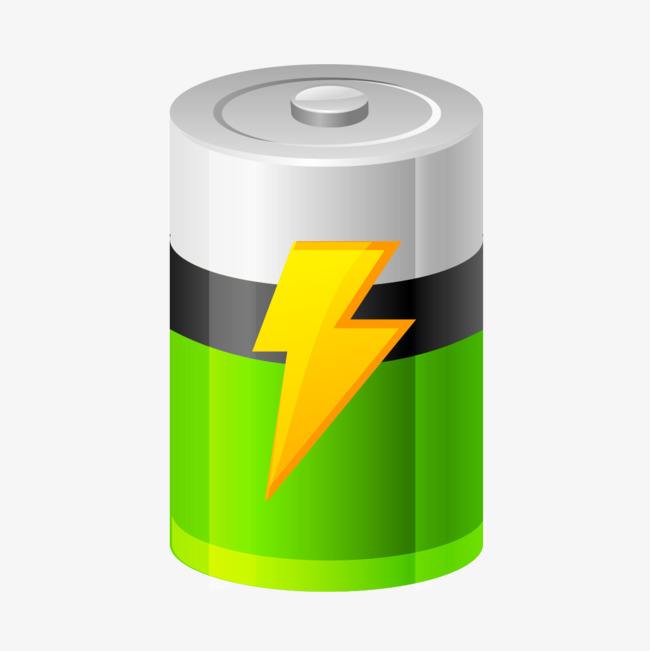Can you charge lithium batteries with nimh charger?
Sep 25, 2019 Pageview:3758
Lithium-ion batteries (also known as Li-ion) and the nickel-metal hydride (NiMH) batteries are very well known and loved rechargeable batteries. Although the applications they are known for and used in are quite similar (for instance, cameras and laptops), they have quite different properties and different chemical characteristics.
Lithium-ion batteries
Lithium-ion batteries provide up to three times as much energy by weight and size as the rechargeable NiMH batteries do. The voltage at which Lithium-ion cells operate is higher than those of NiMH cells. Because of this, there are fewer cells needed to make larger li-ion batteries. The Lithium catches fire when they are heated or are exposed to oxygen. But then, over-charging lithium-ion batteries can be very dangerous.
Nickel-Metal hydride batteries
The NiMH batteries have the same high-tech design, but they do not stay charged as long as their lithium-ion equivalent. Each cell generates a lower voltage, so NiMH batteries are both heavier and larger than lithium-ion batteries which carry the same voltage. They are not as likely to explode when exposed to oxygen.
Chargers
Both Li-ion and NIMH batteries require sophisticated chargers but contain quite different electronic components. Lithium-ion battery chargers monitor the charge rate and cut power when a problem is detected. Because each lithium-ion battery brand is different, therefore chargers offer varying voltages, currents, and it takes different charging times for the batteries to charge. Consequent of this, incorrect use of chargers with a different setting can be catastrophic. The chargers of NiMH batteries do not have the required safety features for lithium-ion batteries. Because of these reasons, it is best to charge lithium-ion batteries only with lithium-ion chargers. The use of other chargers may result in overheating of batteries, fires, and even explosions.
Can I charge a lithium battery with a normal charger?
Although Lithium batteries are not rechargeable. The Li-ion and Li pole, etc. batteries are.
First off, it is important to state that for those who want to improvise, you must endeavor to do it correctly. You must know what you are doing, else, there might be a problem. You may be able to use any charger to charge your lithium-ion batteries, as long as their voltage is correct and compatible (and this depends largely on the battery you are using). These batteries often contain a charge control circuit that monitors the charging process. However, Li-Pol batteries do not contain the charge control circuit function and consequently requires a complicated charging process.
How to charge your lithium battery safely
These following remarks apply both to lithium-polymer and lithium-ion batteries. The chemistry of both types of batteries is the same, so the charging methods for the lithium polymer batteries can also be used for the lithium-ion batteries.
The 3.2-volt lithium iron phosphate battery cell is identical, but then the constant voltage phase is always limited to 3.65 volts.
Lithium-ion batteries are easy to charge, but charging them safely can be a little tricky. The basic algorithm working on the background is to charge the battery at a constant current of about 0.2 to 0.7 C, (but this depends on the manufacturer) and until the battery reaches about 4.2 Vpc (volts per cell) and the voltage at 4.2 volts till the charge current has dropped to about 10% of what the initial charge rate is.
On a voltage, the charge may not be terminated. The capacity attained at 4.2 Volts per cell is about 40 -70% of full capacity unless the cell is charged extremely slowly. This is the reason why you need to keep charging the battery until the current drops.
It is also pertinent to know that for lithium batteries, trickle charging is not acceptable. The chemistry of Li-ion batteries does not accept an overcharge without it causing damage to the cell. It even becomes hazardous when it ‘plates out’ the lithium metal.
However, a more useful option is Float charging. There is a safety issue, however, and it has to do with keeping the battery on a constant charge, such that if the charger somehow goes haywire and a higher voltage is applied, there could be serious problems.
So the logic is that the shorter the charger is on, the less likely the charge it brings will go out of hand as it is connected to the battery. But then, there is another safety method; and that is through the protection board. This has to be included, either in the circuitry which is between the charger and battery or on the battery itself.
The BPB (which is also known as PCB and means "protection circuit board") or the other battery management circuits installed will stop the charge, should there be voltage surge getting too high.
If there is a low charge rate in the current phase, the process of the charger will take less time while the constant voltage tail lasts. Should you want to charge your cell below or around 0.18 C, the cell should be full when the 4.2 volts is reached. You can use this as an alternative to the charge algorithm. You just have to charge the current constantly below the 0.18C and end the charge as the voltage in the cell reaches about 4.2 volts per cell.
Safety
All the lithium-ion battery packs must have a method with which cells are kept balanced and also prevents them from over-discharging. This can be done with the help of a safety board which monitors both the discharge and charge of the pack, and also prevents some hazardous occurrences from happening. These safety board specifications are dictated by the various cell manufacturers, here are some of them.
Reverse polarity protection
Charge temperature—the battery should never be charged if the temperature is lower than the 0° C or above 45°C mark.
The current of the charge should never be too high, typically below 0.7 C.
There should be protection for Discharge current, this is to prevent any damage due to short circuits.
Charge voltage—if too much voltage goes into the battery terminal, there might be a permanent fuse opening.
Overcharge protection—when the voltage per cell goes above 4.30 volts, the cell will stop in charging
Over-discharge protection—the cell stops to discharge when the voltage of the battery falls below the 2.3 volts per cell (although, this varies depending manufacturer).
If the battery is exposed to extreme temperatures (above 100° C), a fuse will open.
- Prev Article: Over discharge of lithium ion battery
- Next Article: 18650 Battery Charger Capacity Tester
Leave Message
Hottest Categories
-
Hottest Industry News
-
Latest Industry News











